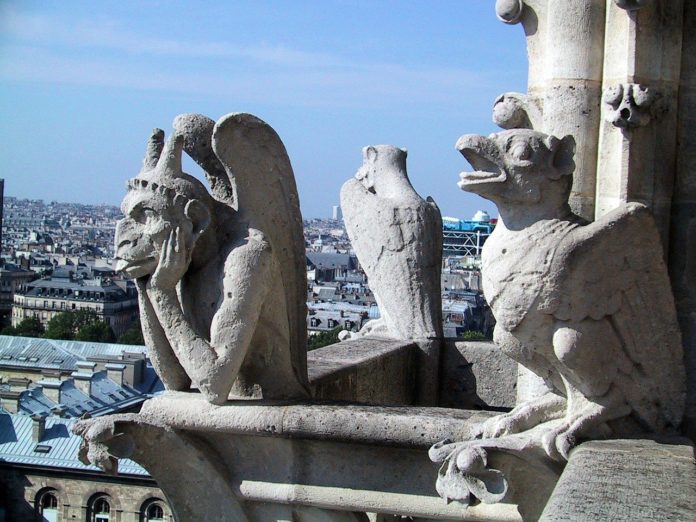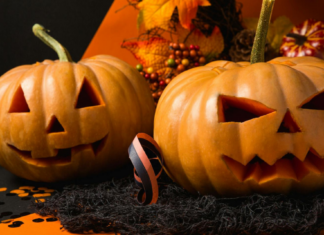Every country has its myths and legends that date back centuries and Francophone countries are no exception. Folklore tales, francophone myths and legends have been passed down from generation and some have scared children ever since. The Gauls, Normans, Bretons, Franks, etc. all have their own ghouls and goblins that are part of their history. Some of these tales are tragic, others have important lessons and some are just frightening! Here are 10 of the most famous and interesting francophone myths and legends you will be interested to learn.
10 French Myths and Legends You Should Know About
Mélusine
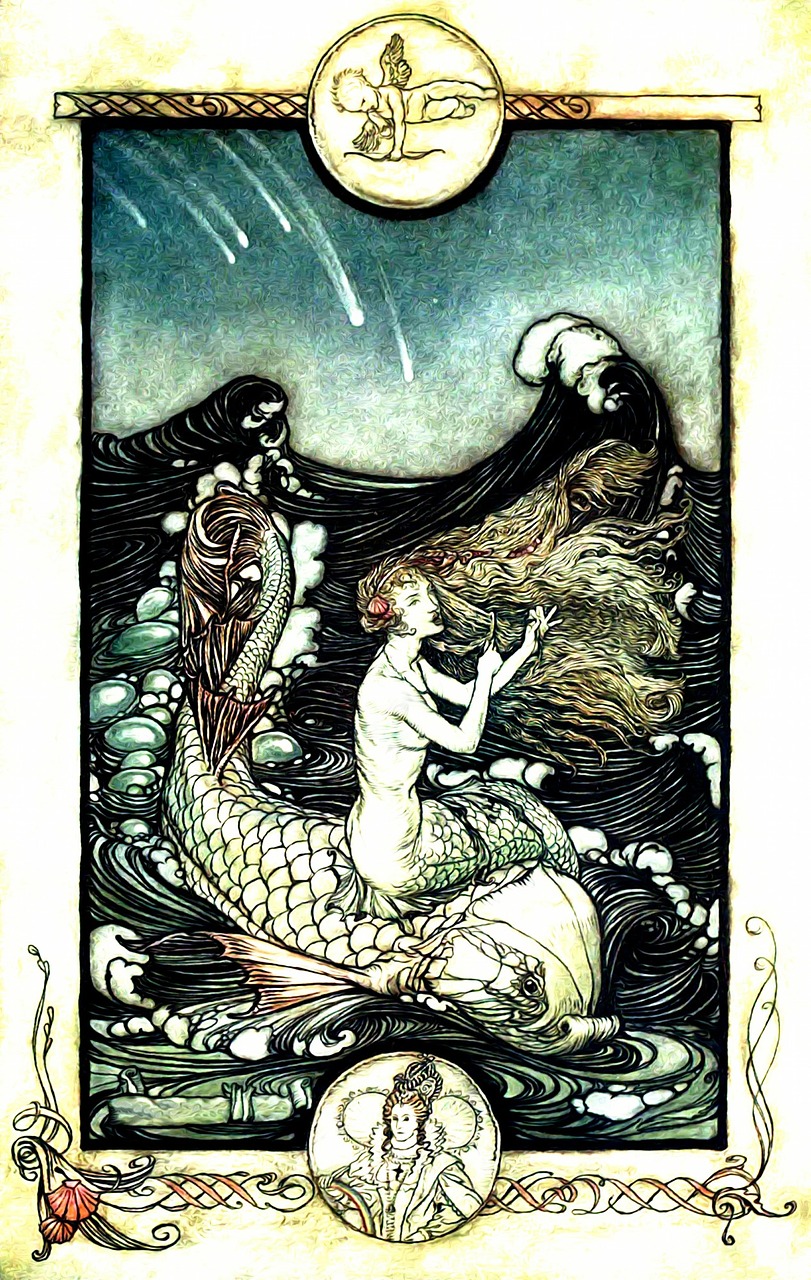
Mélusine is a very known figure in Francophone folklore. Mélusine is a woman but her bottom half is a serpent or fish like a mermaid. There are two main tales about this serpent woman: she is either the daughter of the King Elinas of Albany who must run away with her mother when her father sees them bathe or she is a woman that marries a nobleman and tells him never to look at them when she takes a bath. One day he does look at her so she leaves him because he sees her bottom half. The most famous story came from a collection of various “spinning yarns”, i.e. stories told by ladies while they are at their spinning coudrettes. Mélusine is often depicted in paintings and stories.
Dragons

Dragons are not only part of the Chinese culture, they are also a deep part of the Medieval folklore history of France. It was between the 11th and 13th century that Europeans were interested in these mythical creatures. They are often depicted in art and stories. The most famous French dragon has to be Gargouille, which we will talk about a little later on.
Dames blanches

These supernatural beings or female spirits that is often compared to the Dutch and German White Women. These women are either fairies, witches or washerwomen of the night or ghosts. These women are wearing all white and sometimes attack the people who pass through the woods they haunt. They are announcers of death, especially the death of noble men and women. The Prince Louis-Ferdinand de Prusse saw a Dame Blanche twice before his tragic death on the battlefield in Saalfeld. Dames Blanches are one of the most famous francophone myths and legends.
Gargouille

Gargouille is a type of dragon that lives in the Seine river in Paris. It is said that the former chancellor of the Merovingian, Rouen, helped the country rid themselves of this dragon monster that spat fire. Rouen subdued the monster with a crucifix and then burned or else the monster was captured and then burned. Unfortunately, the head and neck of the creature could not be burned because he was used to hot temperatures because of his fiery breath so the villagers mounted the head on the church to scare off evil spirits (which is why there are gargoyles on many medieval churches in France like on the Notre-Dame cathedral in Paris).
Matagot/Mandagot

This spirit is usually in the shape of an animal, usually a cat, but it can also be a rat, fox or dog. It is an evil thing but if it is well taken care of and fed properly, it will bring wealth and happiness to the person who helped him. Legends said that to lure a Matagot, you had to have a plump and fresh chicken to offer and as long as the cat has the first bite and drink to eat at meals, it will stay happy and give a gold coin every morning. If you get sick, you must release the Matagot or else it will make you endure a very horrible time on Earth.
Beast of Gévaudan
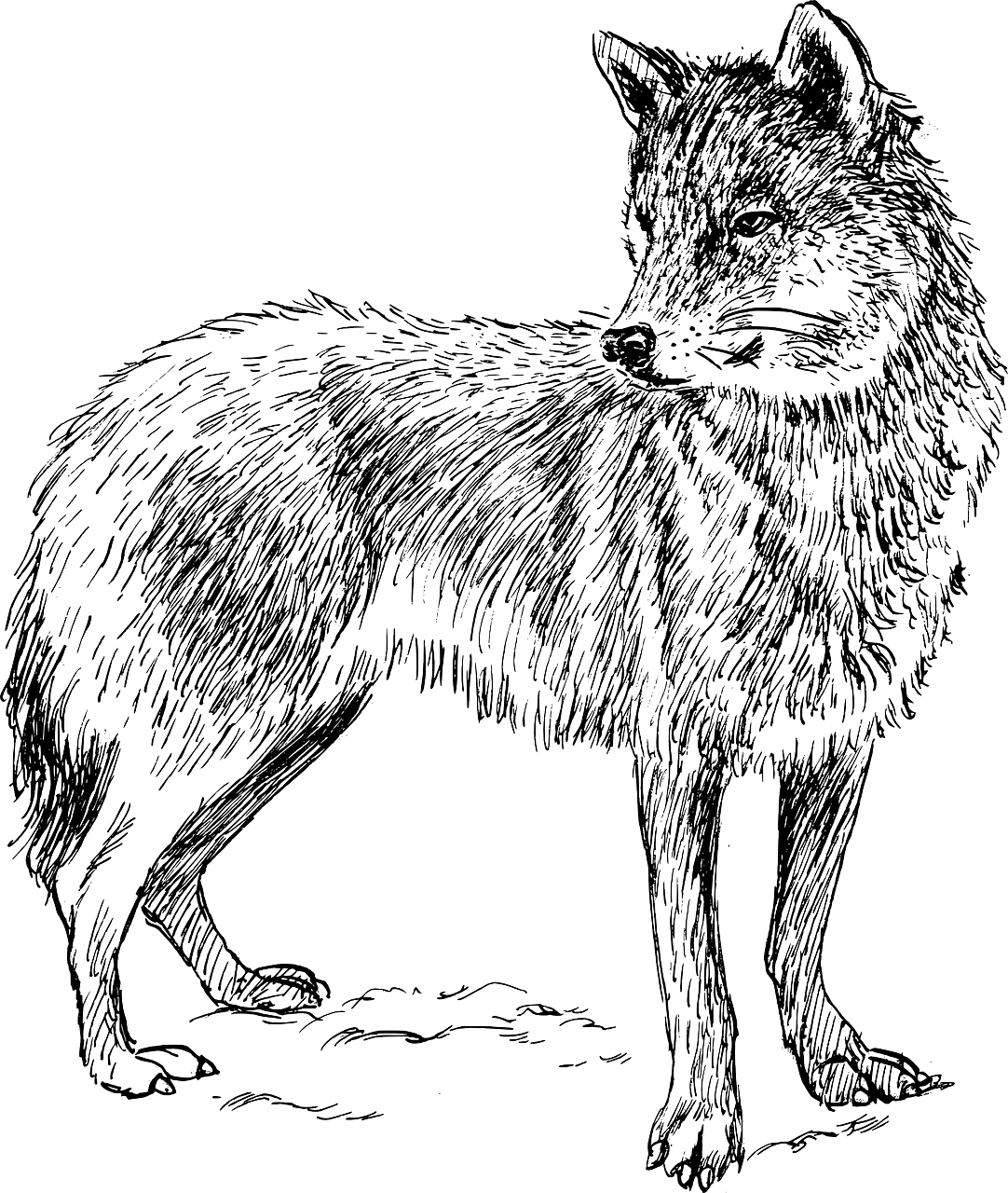
This man-eating wolf or wolfdog that terrorized every inhabitant of South-central France in the 1700s. People were attacked by a scary wolf creature and had their throats torn out and it is said that there were about 200 attacks. The first attack was on a woman who was saved by her cattle but after, many people were found dead. The wolf was finally killed by a local hunter named Jean Chastel. Even though the people were convinced it was a huge beast, it was probably only very aggressive wolves but these attacks were very serious in France. It is said that the beast could have been an angry escaped lion.
Tristan & Iseult

This 12th-century tale tells the tragic love story of Tristan and Iseult. It is said that these two were heavily influenced by Lancelot and Guinevere since the plots are very similar. There is a French and a Celtic story but they are both extremely similar. In one of the most famous francophone myths and legends, Tristan has to bring back the beautiful Iseult to his uncle after defeating the Irish knight Morholt. Tristan and Iseult both drink a love potion so they both fall madly in love with each other. Since Iseult is promised to Tristan’s uncle, they become lovers but of course, he learns about their affair…
Ankou

This henchman of Death, a man/skeleton wearing a cloak collects the dead and rides a black coach pulled by dark horses. Some say he was the first child of Adam and Eve. There are two main tales about Ankou. The first one is about three friends that threw stones at an old man. When they broke his cart, two of the friends fled the scene but the third one stayed to fix the old man’s cart. The next day, the two coward friends were found dead but the third was alive but now had a head of white hair. The second tale is about a cruel prince that challenged Death to see who could kill a black stag first. Of course, Death won and the prince was cursed to roam the earth for all eternity.
Loup-Garou
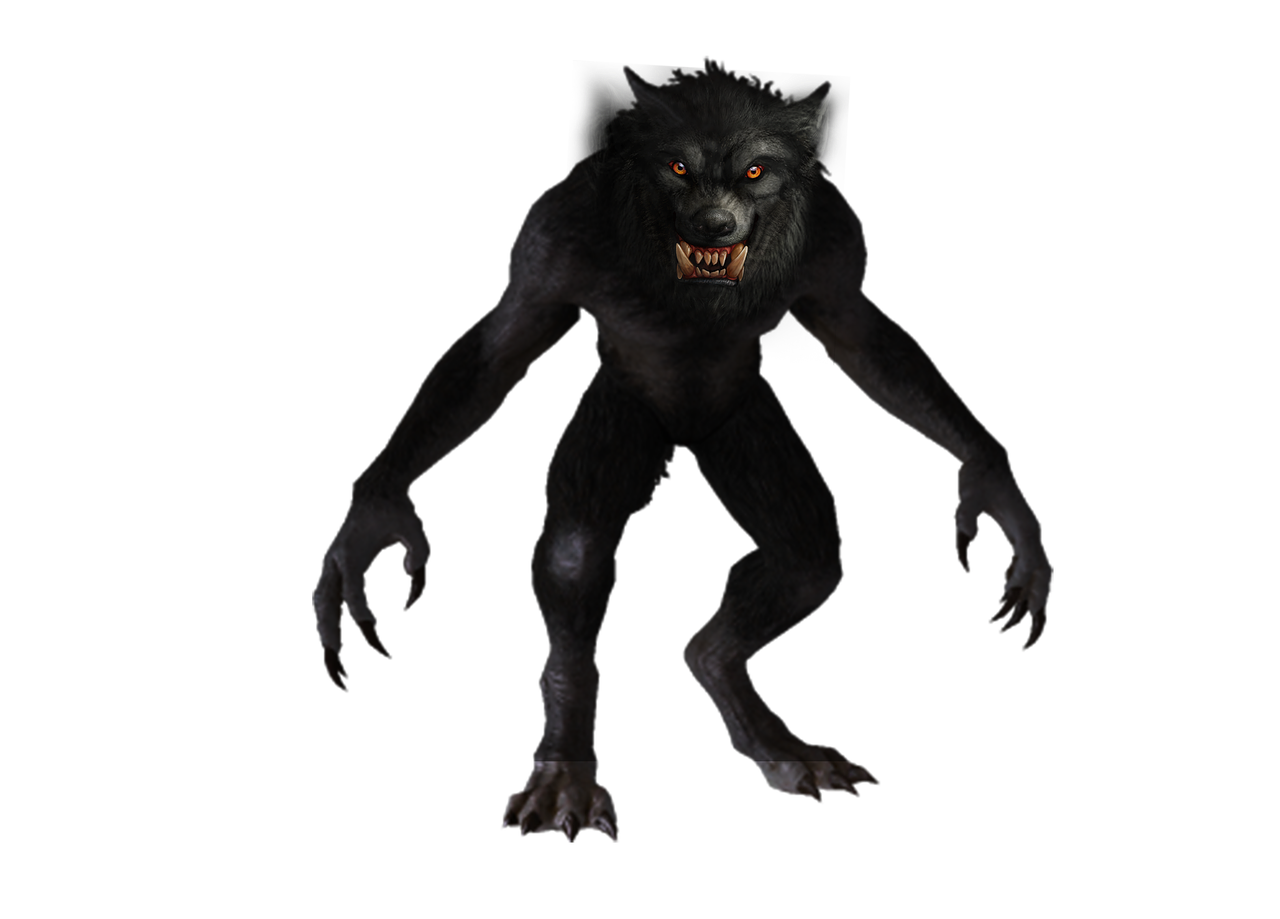
The Loup-Garou or werewolf comes from Europe during the medieval period but it spread to the New World, especially in the French Canadian folklore. A human turns into the animal for many nights (sometimes up to 101 nights!). The spell can only be broken if another human recognizes the human trapped in the werewolf and needs to draw blood from their body. After the spell is broken, both people can never talk about what happened or else something worse can happen.
Do you know any other French or francophone myths and legends?

